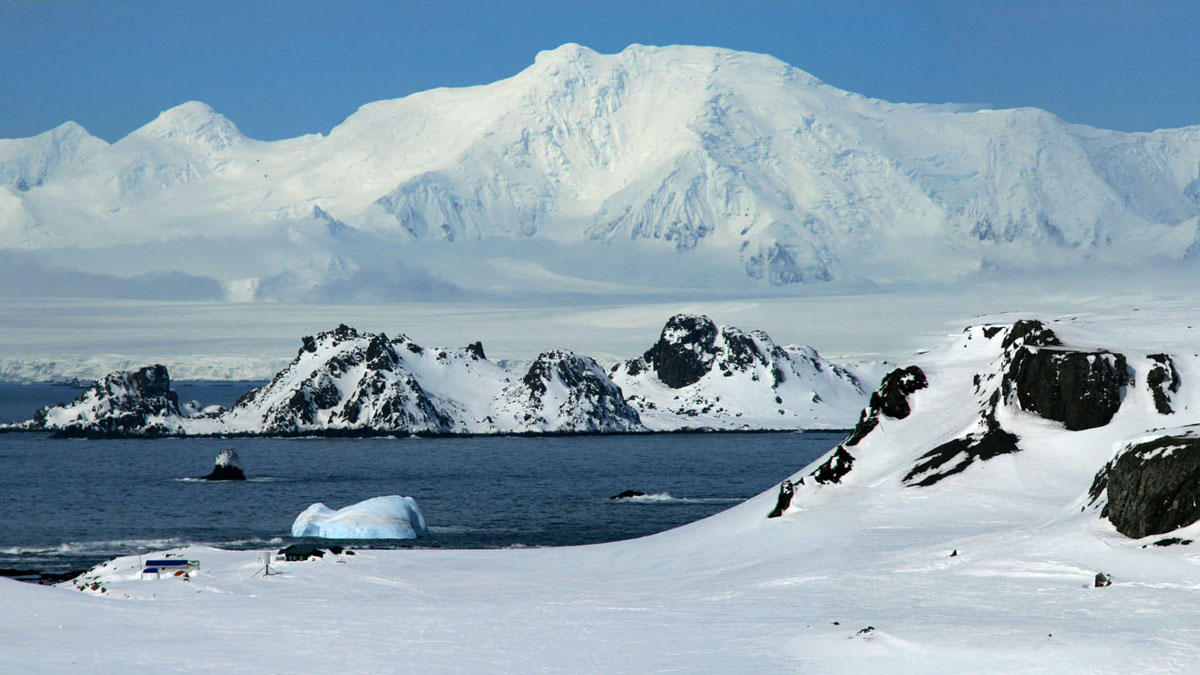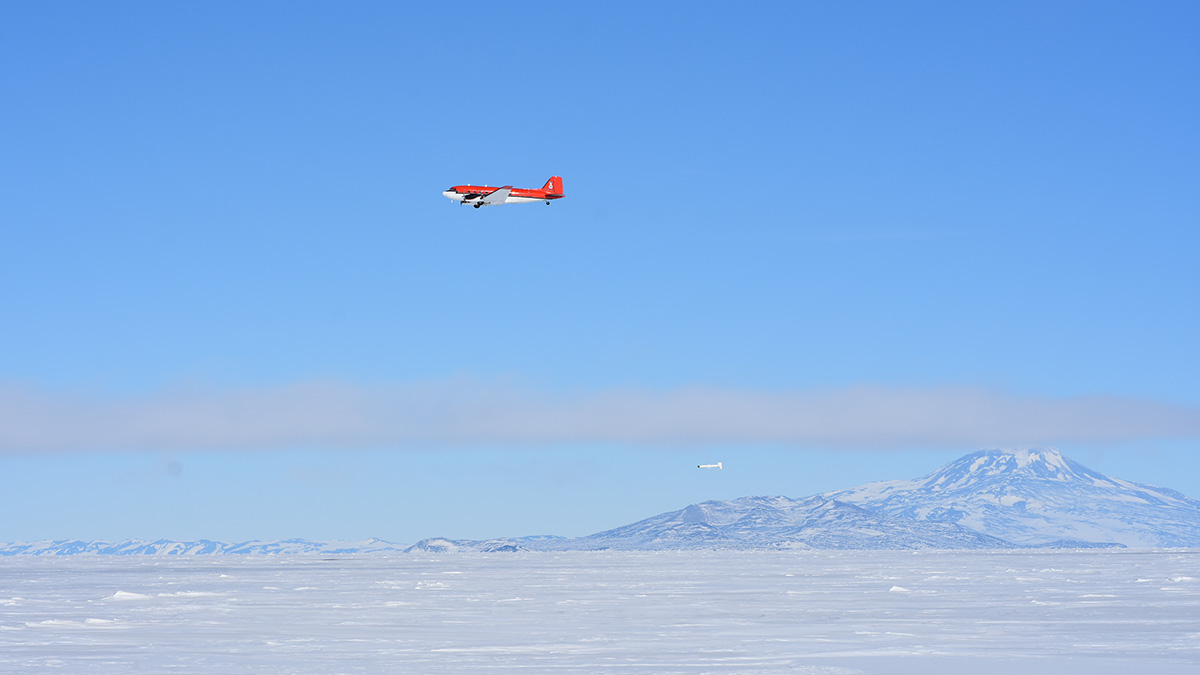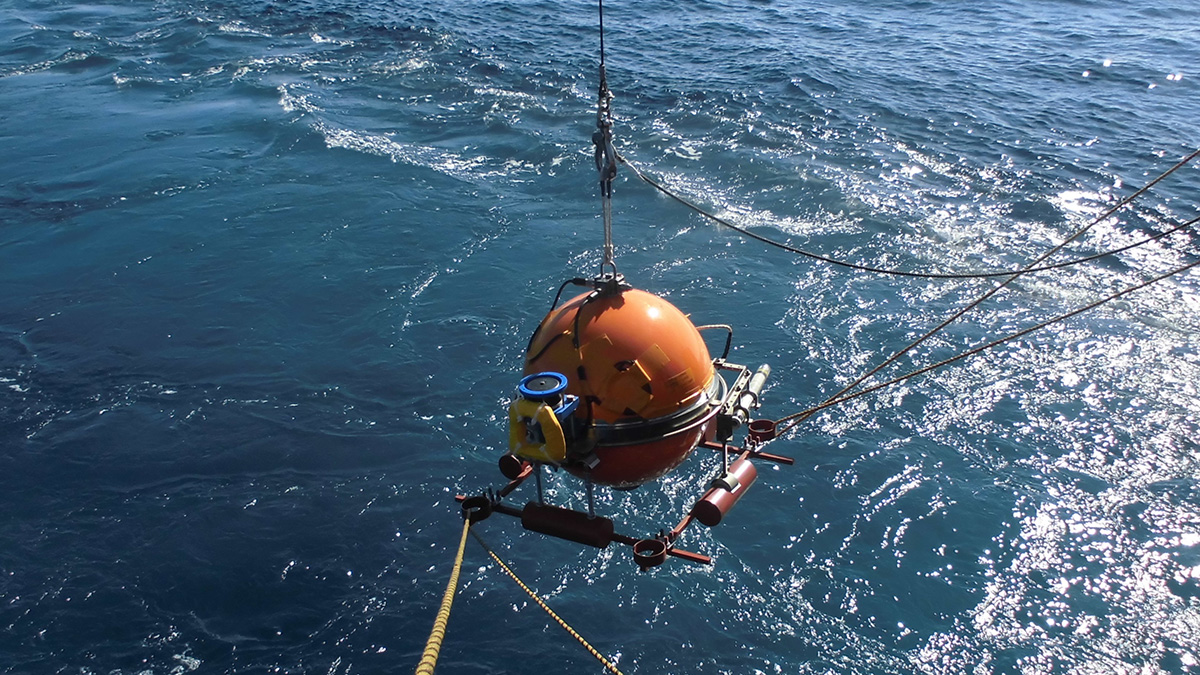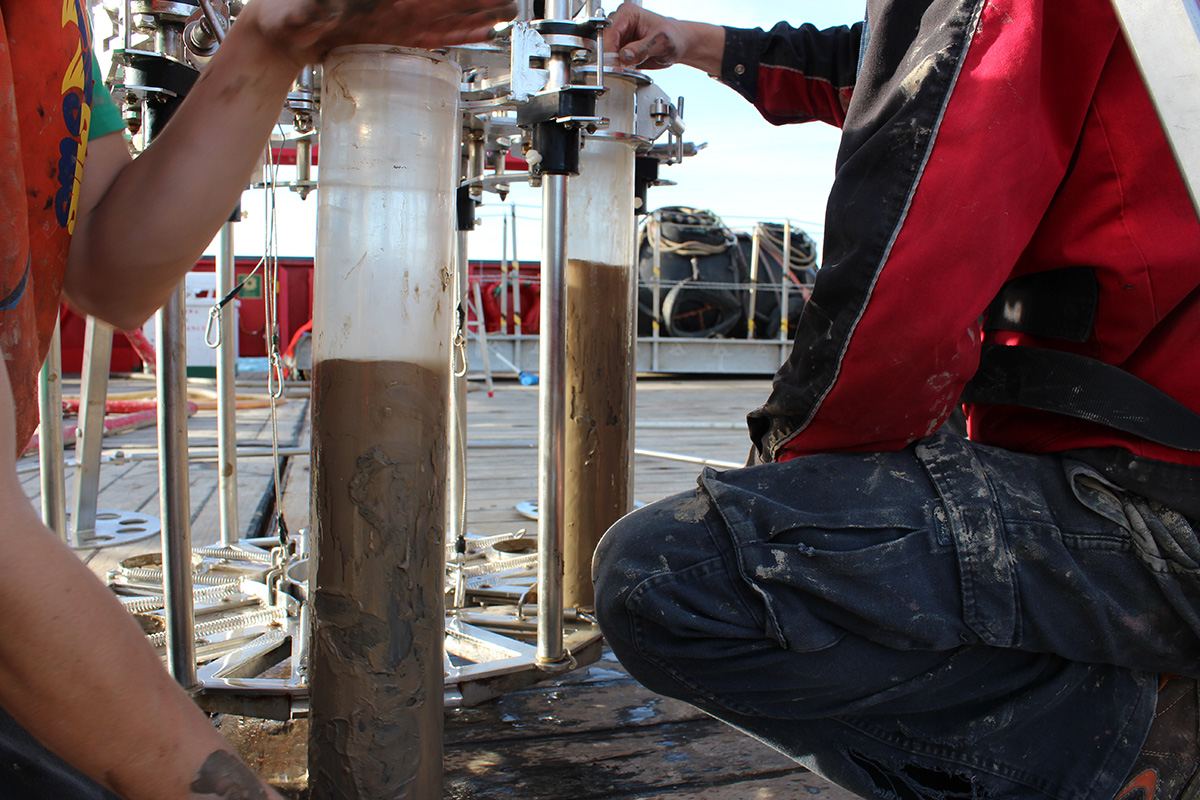A new computational method enables finding steady-state distributions of tracers in ocean circulation models, opening opportunities for physical and biogeochemical insight.
Oceans
A Deeper Dive into Wintry, Carbon-Absorbing Antarctic Waters
Cold surface water in the Southern Ocean is a critical component in ocean carbon uptake. A new study profiles it using state-of-the-art research techniques.
Observing a Seismic Cycle at Sea
Scientists organized a trio of expeditions to document the buildup of stress leading to a large earthquake on a seafloor fault, developing innovations for successful seagoing research in the process.
Machine Learning Helps Researchers Track Illegal Fishing
Using machine learning, researchers found that nearly 20% of high seas fishing could be unauthorized.
The Bering Land Bridge Formed Much Later Than Previously Thought
New research reconstructs the Bering Strait’s flooding history, raising surprising questions about human migration and how ice sheets form.
How Thick Is Antarctic Ice, and What Is Underneath?
Scientists used electromagnetic fields to determine the thickness of fast ice.
Small-Scale Convection Shuffles the Oceanic Lithosphere
Seafloor spreading organized lithospheric minerals into a lattice, but small-scale convection jumbled up the innermost layer.
喷气推进的被囊动物在海洋碳循环中的作用
新研究表明,广泛分布的胶质浮游动物的大量繁殖,连同它们的粪便、每日的垂直迁移和它们的尸体一起,增加了海洋的碳输出。
Seafloor Plastic Pollution Is Not Going Anywhere
The amount of microplastics at the bottom of the Mediterranean is growing as global production increases and plastic breakdown is halted.










